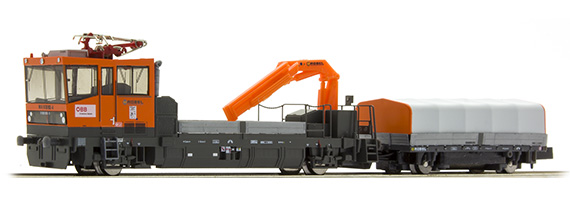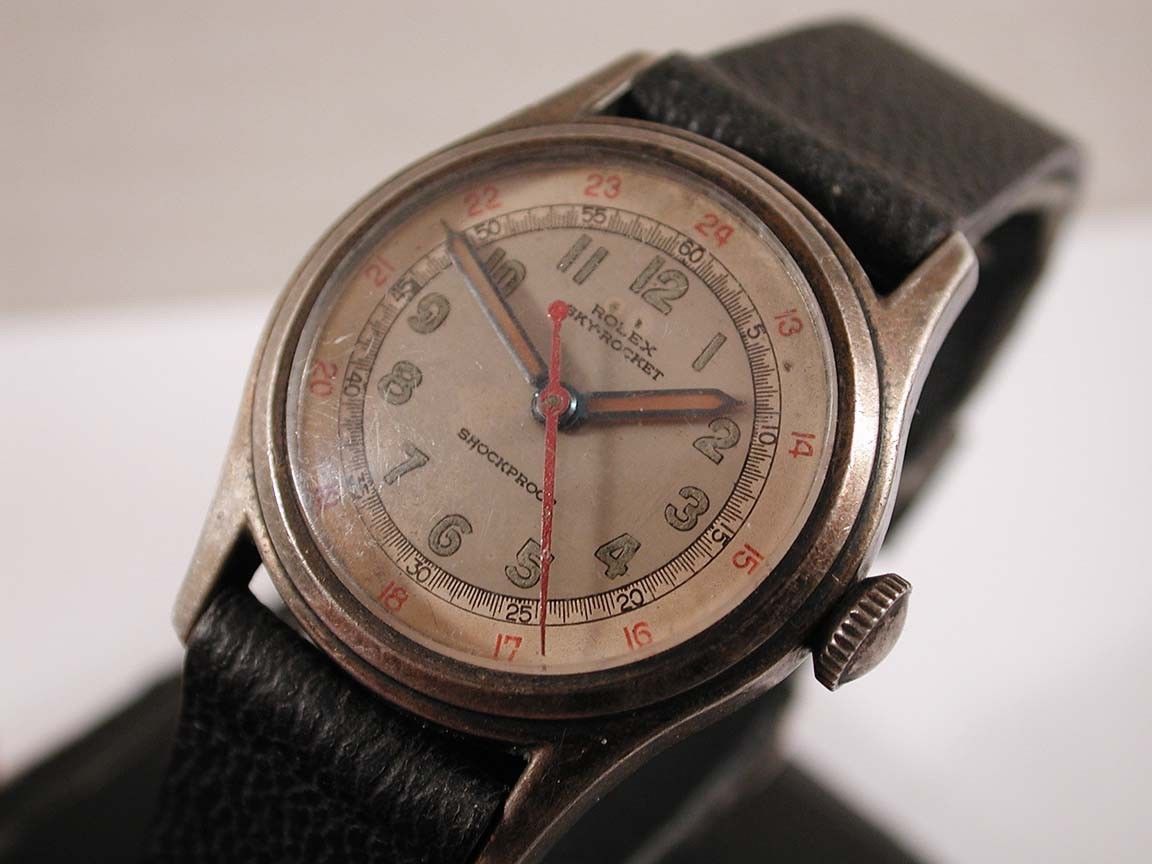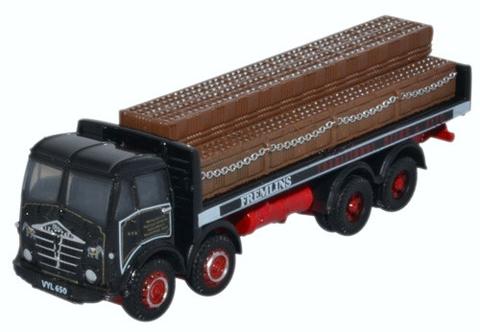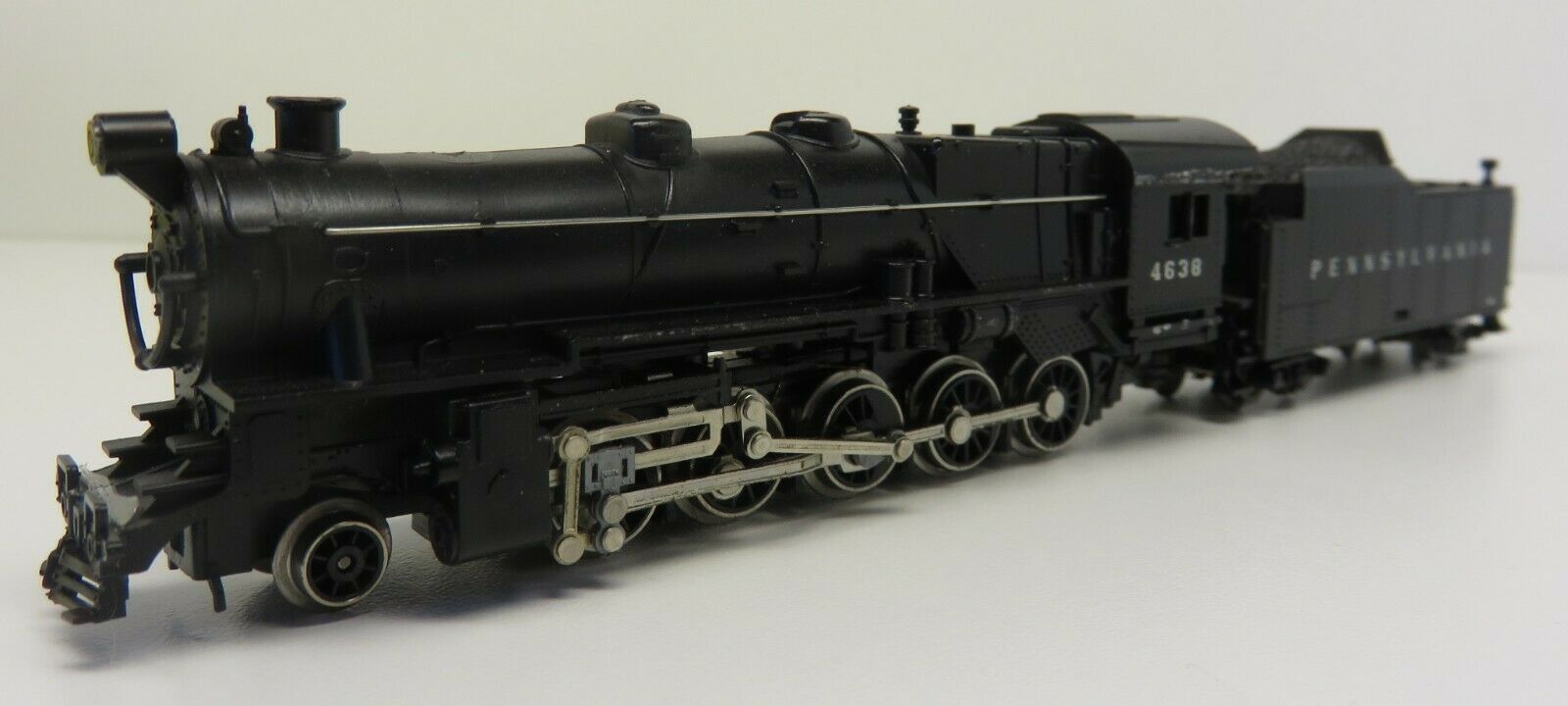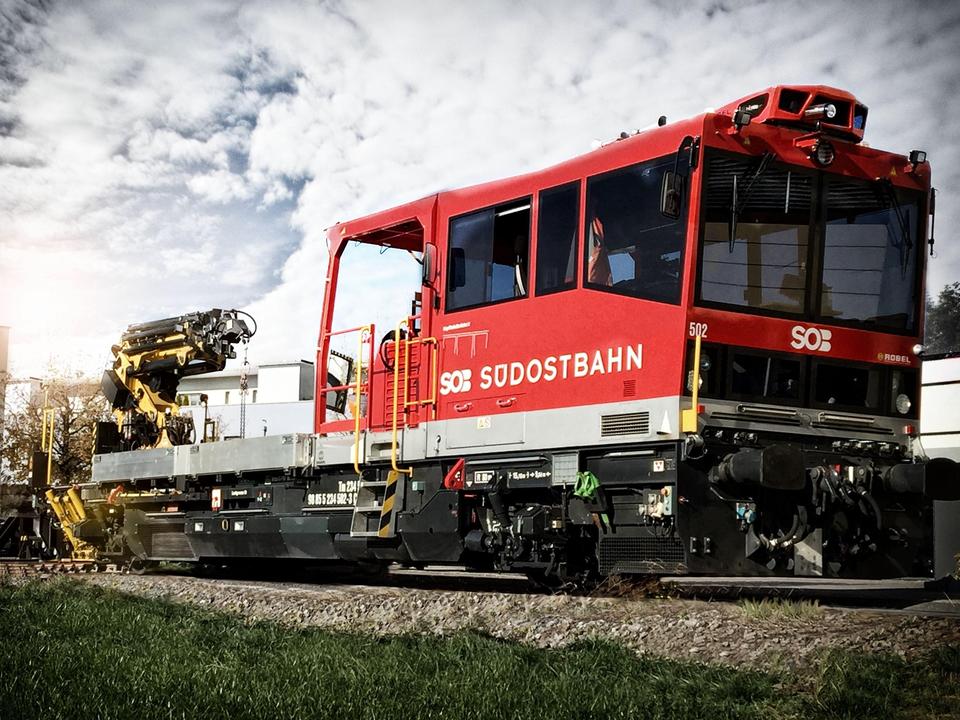Specific Item Information: Austrian Robel X630 with Stromabn. Motorized of the ÖBB
Model Information: Non-motorized or motorized (with trailer)
DCC Information: NEM 651 6-pin socket for the motorized version (with trailer)
Prototype History: Traction is the strength of the track car 54.24. Its drive concept is based on that of the track car 54.22, but differs by the use of two synchronously controlled engine-transmission units. Thus, it meets the requirements of shunting and transfer traffic and beyond all the tasks of a construction vehicle. The tracked vehicle is capable of handling high towing loads and to transport the machine, equipment and materials required at the construction site by means of a loading area and loading crane. On site, it can be used to support the work, thanks to the large number of additional accessories available. The equipment is made according to customer requirements. Thanks to different body variants, such as the use of different cranes, it meets the diverse requirements of construction sites. The combination of power for traction and flexibility in work makes the track car 54.24 a dealen and especially economical construction vehicle. The Type 54 / TM 235 is used by many railway companies in Europe, including Germany, Switzerland, Austria, Denmark and Belgium.
Drive: 2-axle-drive hydrostatically, multiple traction capable, 12-cylinder diesel engine 750 kW
Max. driving speed: 100 km/h
Weight: 45 t
Payload: approx. 5 t
Drive: 2-axle-drive hydrostatically, multiple traction capable, 12-cylinder diesel engine 750 kW
Max. driving speed: 100 km/h
Weight: 45 t
Payload: approx. 5 t
Road Name History:  The Austrian Federal Railways (German: Österreichische Bundesbahnen or ÖBB, formerly the Bundesbahn Österreich or BBÖ) is the national railway system of Austria, and the administrator of Liechtenstein's railways. The ÖBB group is owned entirely by the Republic of Austria and is divided into several separate businesses that manage the infrastructure and operate passenger and freight services.
The Austrian Federal Railways (German: Österreichische Bundesbahnen or ÖBB, formerly the Bundesbahn Österreich or BBÖ) is the national railway system of Austria, and the administrator of Liechtenstein's railways. The ÖBB group is owned entirely by the Republic of Austria and is divided into several separate businesses that manage the infrastructure and operate passenger and freight services.
The Austrian Federal Railways has had two discrete periods of existence. It was first formed in 1923, using the Bundesbahn Österreich name, as a successor to the Imperial Royal Austrian State Railways (kkStB), but was incorporated into the Deutsche Reichsbahn during the 1938-1945 Anschluss. It was reformed in 1947, using the slightly different Österreichische Bundesbahnen name, and remains in existence in this form.
Major changes currently being made to the Austrian railway network are the construction of the Wien Hauptbahnhof (Vienna main station), the Koralm Railway, the Semmering Base Tunnel and the Brenner Base Tunnel connection with Italy.
From Wikipedia

The Austrian Federal Railways has had two discrete periods of existence. It was first formed in 1923, using the Bundesbahn Österreich name, as a successor to the Imperial Royal Austrian State Railways (kkStB), but was incorporated into the Deutsche Reichsbahn during the 1938-1945 Anschluss. It was reformed in 1947, using the slightly different Österreichische Bundesbahnen name, and remains in existence in this form.
Major changes currently being made to the Austrian railway network are the construction of the Wien Hauptbahnhof (Vienna main station), the Koralm Railway, the Semmering Base Tunnel and the Brenner Base Tunnel connection with Italy.
From Wikipedia
Item created by: Powderman on 2018-08-26 14:20:11. Last edited by gdm on 2020-05-30 17:26:54
If you see errors or missing data in this entry, please feel free to log in and edit it. Anyone with a Gmail account can log in instantly.
If you see errors or missing data in this entry, please feel free to log in and edit it. Anyone with a Gmail account can log in instantly.


